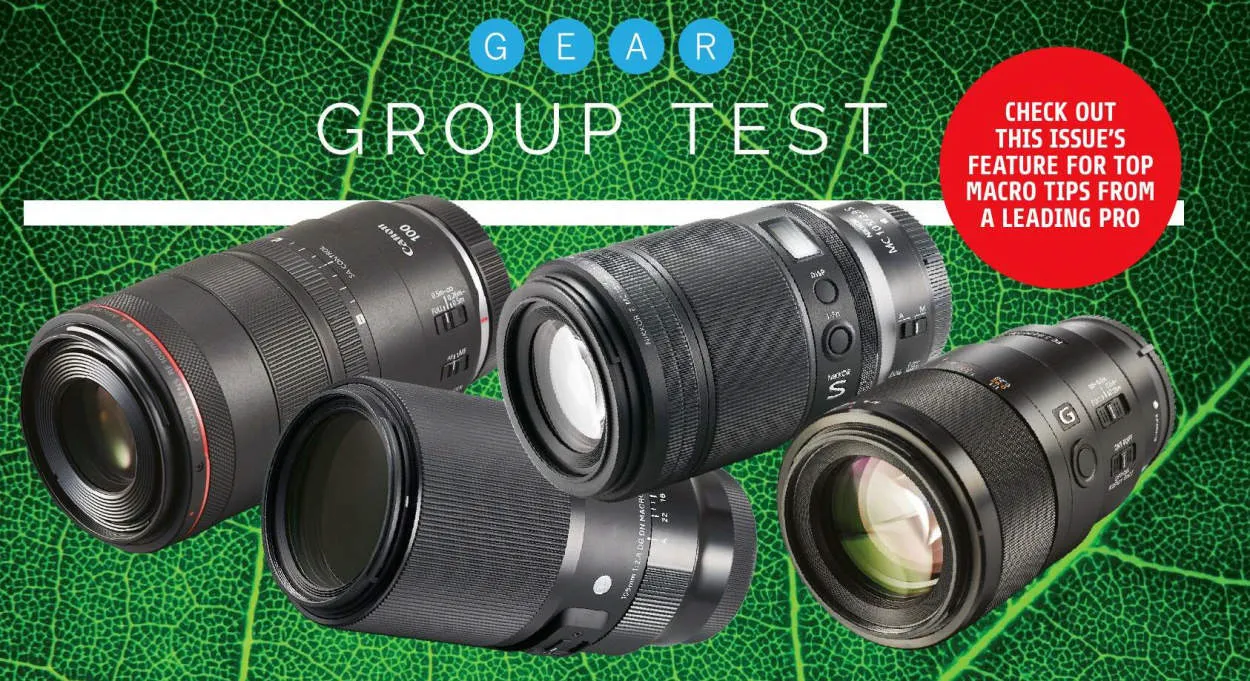Discover the latest camera technology that is revolutionizing the photography industry in Japan. Mirrorless marvels are taking center stage with their compact size, superior image quality, and advanced features. Join us as we delve into the fascinating world of mirrorless cameras and explore the cutting-edge innovations that are captivating photographers worldwide.
The Rise of Mirrorless Cameras in the Japanese Market
In recent years, mirrorless cameras have been gaining tremendous popularity in the Japanese market, revolutionizing the photography industry. Mirrorless cameras, also known as compact system cameras, offer a lighter, more compact alternative to traditional DSLRs without compromising on image quality. This new breed of cameras has quickly become the preferred choice for both professional photographers and enthusiasts alike.
One of the main factors contributing to the rise of mirrorless cameras in Japan is their advanced technology and innovative features. Japanese camera manufacturers such as Sony, Fujifilm, and Olympus have been at the forefront of developing cutting-edge mirrorless camera systems. These cameras boast impressive autofocus capabilities, high-resolution sensors, and in-body image stabilization, allowing photographers to capture stunning images with ease.
Another reason for the surge in popularity is the versatility and portability offered by mirrorless cameras. With their compact size and lightweight build, photographers can easily carry them around during long photo shoots or while traveling. The smaller form factor also makes them more discreet for street photography, enabling photographers to capture candid moments without drawing attention.
In addition, the Japan-based camera manufacturers have placed a strong emphasis on lens quality and variety for their mirrorless camera systems. They have developed a wide range of high-quality lenses specifically designed for mirrorless cameras, catering to different photography styles and genres. This extensive lens lineup has further enhanced the appeal of mirrorless cameras in the Japanese market.
Furthermore, the rise of social media and online platforms for sharing photos has also played a significant role in the popularity of mirrorless cameras. These cameras offer seamless integration with smartphones and allow users to instantly transfer and upload their photos, enhancing the convenience and connectivity aspect of photography.
As a result of these factors, mirrorless cameras have seen a surge in sales and market share in Japan, gradually surpassing traditional DSLR cameras. The rise of mirrorless technology has not only transformed the way photographers capture images but has also spurred further innovation and competition within the Japanese camera industry.
Exploring the Cutting-Edge Features of Mirrorless Cameras
Mirrorless Marvels: Japan’s Latest Camera Technology
In the fast-paced world of photography, mirrorless cameras have become the latest marvels. Boasting cutting-edge features and innovative technology, these cameras have revolutionized the way photographers capture their subjects. With their compact and lightweight design, mirrorless cameras have gained popularity among both professionals and amateurs alike.
One of the key advantages of mirrorless cameras is their ability to provide a real-time preview of the image through the electronic viewfinder (EVF). Unlike traditional DSLR cameras, mirrorless models eliminate the need for a bulky mirror, resulting in a more portable and convenient device. This allows photographers to frame their shots more accurately and make necessary adjustments on the spot.
Another standout feature of mirrorless cameras is their autofocus (AF) system. Equipped with advanced algorithms and high-speed processors, these cameras offer lightning-fast autofocus performance. This feature is especially beneficial for capturing fast-moving subjects, ensuring that every precious moment is captured with precision and clarity.
Furthermore, mirrorless cameras excel in video recording capabilities. Many models on the market today support 4K resolution, allowing users to capture breathtakingly rich and detailed footage. Additionally, the absence of a mirror mechanism helps minimize vibrations and noise, resulting in smoother and more professional-looking videos.
Moreover, mirrorless cameras offer a wide range of lens options. With various lens manufacturers producing high-quality lenses for different purposes, photographers have the flexibility to experiment and achieve their desired artistic effects. Additionally, the use of adapters enables photographers to use a wide array of lenses from different systems, further expanding their creative possibilities.
Overall, mirrorless cameras have emerged as powerful tools for photographers, combining cutting-edge features with portability and versatility. With constant advancements in technology, these marvels from Japan continue to push the boundaries of what is possible in the world of photography.
Comparing Mirrorless Systems: Sony, Fujifilm, and Olympus
In the ever-evolving world of camera technology, mirrorless systems have taken center stage. These compact and innovative cameras have gained popularity among photography enthusiasts and professionals alike. When it comes to mirrorless systems, three major players stand out: Sony, Fujifilm, and Olympus.
Sony has established itself as a leader in the mirrorless market with its impressive lineup of cameras. Their Alpha series boasts top-notch image quality, advanced autofocus systems, and a wide range of lenses to choose from. Sony cameras are known for their versatility, making them a go-to choice for various genres of photography.
Fujifilm, on the other hand, has carved a niche for itself with its retro-inspired design and exceptional image quality. Their X-series cameras feature cutting-edge sensor technology, film simulation modes, and a robust lens lineup. Fuji cameras are favored by street photographers and those who appreciate a classic aesthetic.
Olympus may be smaller in size compared to its competitors, but it certainly doesn’t fall short in terms of performance. Their OM-D series boasts exceptional image stabilization, compact designs, and weather sealing. Olympus cameras are highly regarded for their lightweight and portable nature, making them perfect for travel and outdoor enthusiasts.
Each brand offers its own unique set of features and strengths, catering to different photography needs and preferences. Sony excels in technology and versatility, Fujifilm appeals to those seeking a nostalgic touch, while Olympus focuses on mobility and durability.
Choosing the right mirrorless system ultimately depends on your individual needs and shooting style. So whether you prioritize image quality, user-friendly interfaces, or portability, there is a mirrorless system out there for you. Dive into the world of mirrorless marvels and unlock your creative potential!
Revolutionizing Photography: Future Prospects of Mirrorless Technology
Mirrorless Marvels: Japan’s Latest Camera Technology has taken the world by storm, promising revolutionary changes in the field of photography. One of the most exciting aspects of this camera technology lies in its future prospects.
With the rise of mirrorless cameras, photographers are no longer confined to carrying heavy and bulky DSLRs. Mirrorless cameras offer a compact and lightweight alternative without compromising on image quality. As technology continues to advance, we can expect mirrorless cameras to become even smaller, lighter, and more powerful.
The absence of the mirror in mirrorless cameras also opens up new possibilities for lens design and innovation. Manufacturers have been able to create lenses with wider apertures, improved autofocus systems, and better image stabilization. These advancements have greatly improved the overall shooting experience, giving photographers greater creative control and exceptional image quality.
Another advantage of mirrorless technology is its ability to provide real-time feedback through electronic viewfinders (EVFs). EVFs offer a preview of the final image, allowing photographers to make adjustments before capturing the shot. This feature helps in achieving greater accuracy and efficiency, making mirrorless cameras a game-changer in various photography genres.
Furthermore, mirrorless cameras have the advantage of silent shooting, making them ideal for capturing moments without disturbing the surroundings. This feature is particularly useful in street photography, photojournalism, and wildlife photography, where stealth and discretion are crucial.
The future prospects for mirrorless technology are endless. As innovation continues to drive the industry, we can expect advancements in sensor technology, image processing capabilities, and connectivity options. The integration of artificial intelligence and machine learning algorithms might even enable cameras to automatically analyze scenes and suggest optimal settings for capturing the perfect shot.
In conclusion, mirrorless technology has revolutionized photography, and its future prospects are extremely promising. As advancements continue to be made, photographers can look forward to smaller, more powerful cameras with improved image quality, enhanced features, and seamless connectivity.
Conclusion
In conclusion, Japan’s latest camera technology in the form of mirrorless cameras has truly revolutionized the photography industry. With their compact size, advanced features, and exceptional image quality, these mirrorless marvels have become the go-to choice for professional photographers and enthusiasts alike. With continued advancements in technology, we can expect to see even more impressive innovations from Japan in the future.




